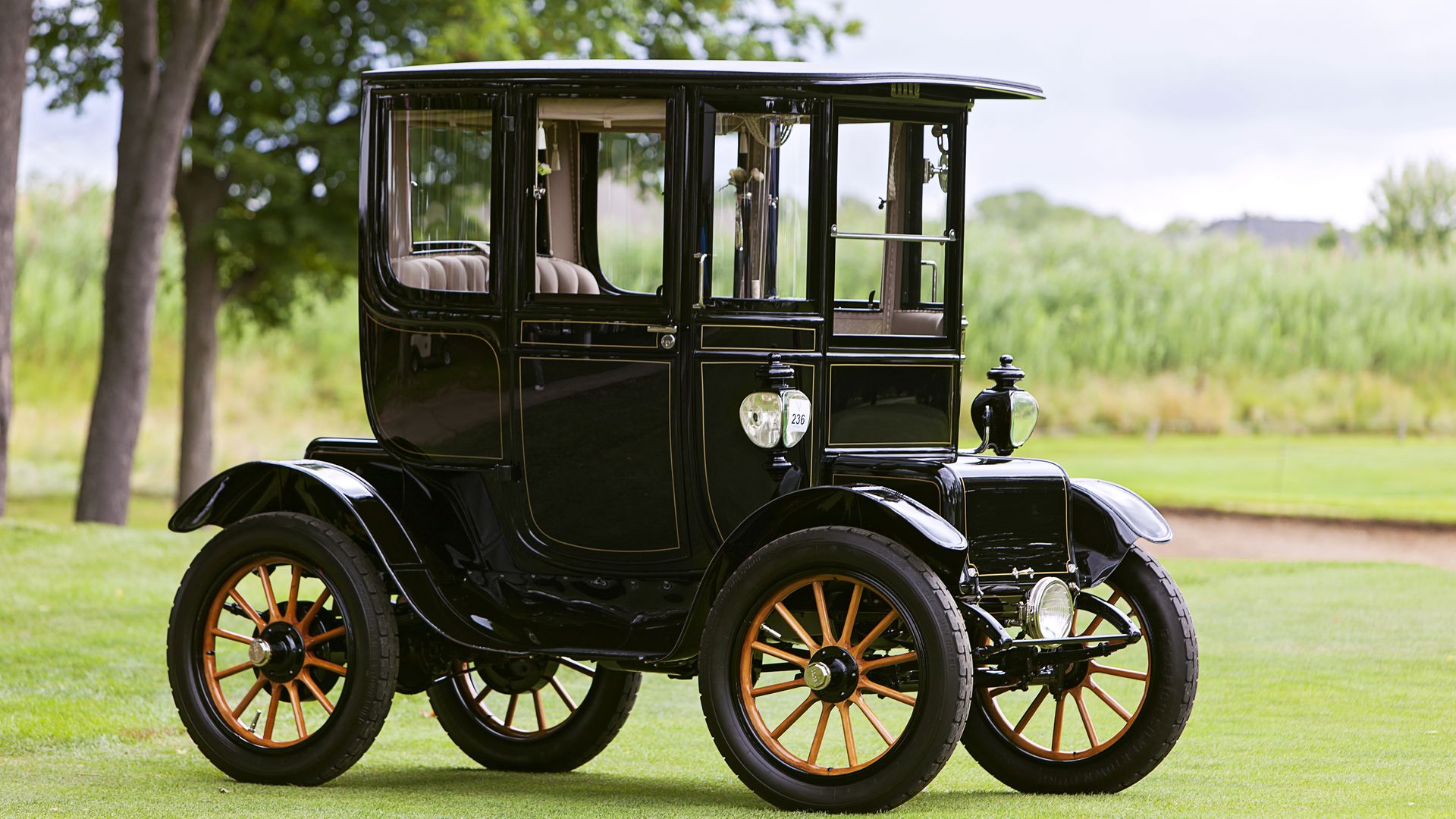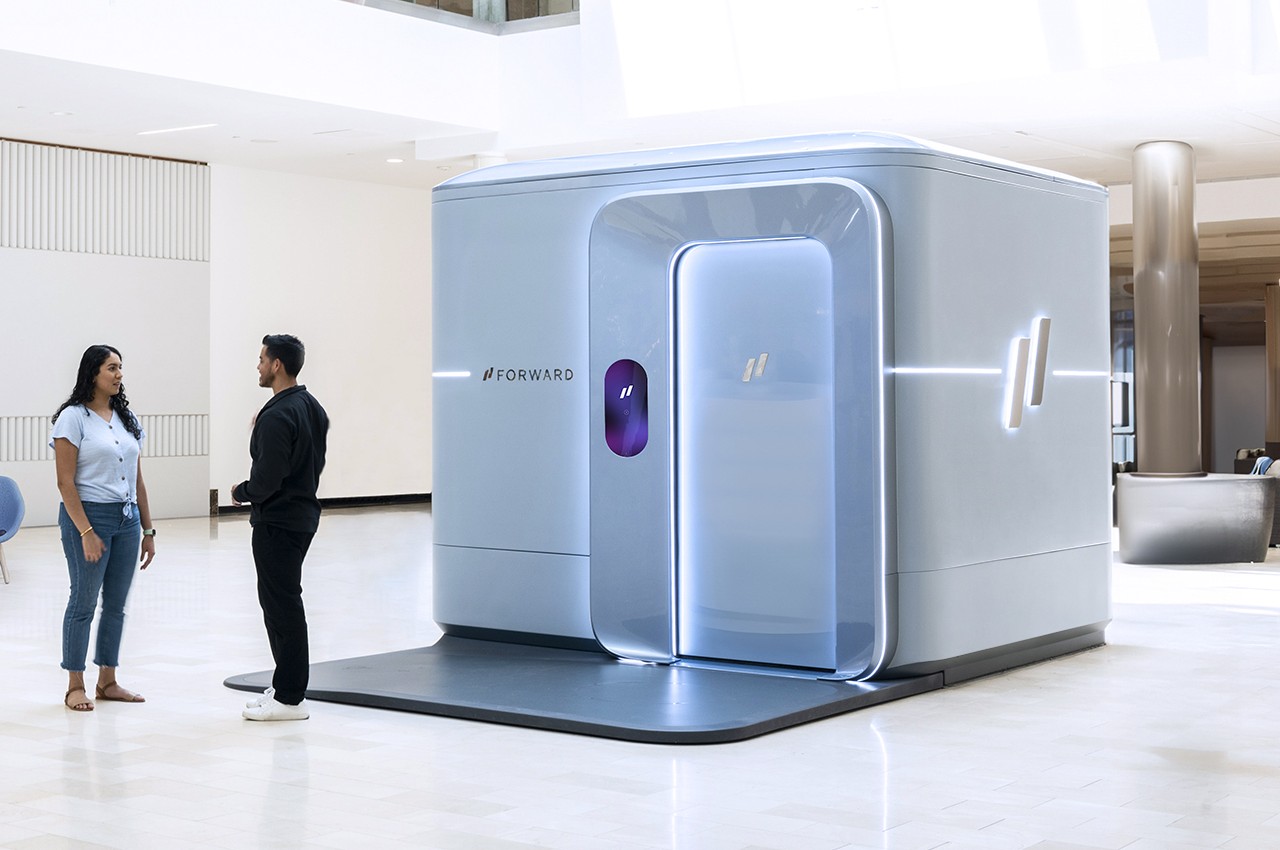#The History of Electric Vehicles Is Older Than You Think – Review Geek

Table of Contents
“The History of Electric Vehicles Is Older Than You Think – Review Geek”

The electric vehicle has been around for much longer than you may think. Though the concept of electric vehicles has been gaining popularity in the 21st century, the roots of EVs go back to the early 1800s. Check out the fascinating history and discover what could have been below.
Robert Anderson, Thomas Davenport, and The First Electric Cars

The title of “inventor of the electric vehicle” isn’t something that can be awarded with too much certainty since so many innovators were tinkering with battery technology at the time. However, most sources point to Scottish inventor Robert Anderson as the first person to create a working electric carriage sometime between 1832 and 1839—records are so spotty that nobody knows the precise date. His horseless carriage could travel about 12 kilometers per hour (about 7.5 mph) and utilized a one-time-use battery along with crude oil to generate electricity. Anderson showed off his electric vehicle once at an 1835 auto industry exhibition.
Around the same time, in 1834, American blacksmith Thomas Davenport created a battery-powered electric motor based on an electromagnetic machine demonstrated by inventor Joseph Henry a year earlier. The new technology so inspired the blacksmith that he and his brother sold a horse and other personal possessions to finance the invention. Davenport’s wife allowed the inventor to use pieces of her wedding dress for wire insulation in the engine.
He used his invention in the first electric vehicle produced in the United States, which ran along a short track and served as a prototype for later cars. He also used it to power a small locomotive. However, Davenport had difficulty patenting his motor because the U.S. Patent Office had never issued a patent for an electric motor design. It took him four years to receive a patent. Even after that, it would take several decades before his invention was put into widespread use. Davenport died broke and in relative obscurity in 1851.
William Morrison and the Electric Carriage

Throughout most of the 19th century, electric vehicles were more of a novelty than a dedicated mode of transportation. That changed in 1887 when Scottish chemist William Morrison built the first practical-use electric carriage. Morrison and mechanical engineer Dr. Lew Arntz built the EV prototype in a secret basement laboratory, which Morrison referred to as “the Cave,” in Des Mois, Iowa. The invention was a crude six-passenger wagon that could reach 23 kilometers per hour (about 14 mph). However, it would be years before the public took notice of his invention.
Morrison designed a second electric carriage between 1888 and 1890. This one featured improvements such as a more advanced motor, gear train, batteries, and steering instrument. This model became the first practical automobile built in the United States. He entered the vehicle into the 1890 Seni Om Sed parade in Des Moines, where up to 100,000 people observed it. Newspapers in the area went wild with reports of the new invention, and Morrison drove the EV around town for several weeks afterward, giving people rides and entering it in races. Morrison soon garnered worldwide press attention. By the end of 1890, Morrison received more than 16,000 inquiries by mail about the electric carriage. And Morrison wasn’t done creating horseless carriages. All told, he built a dozen models, most selling for $3,600—about $117,414 in today’s money.
Although Morrison deserves a place in history for developing the first practical EV, much his fortune came from his innovations in battery technology. He patented various battery innovations and sold the rights to several companies, the most notable of which was the American Battery Company. By the end of his career, Morrison held at least 88 battery related patents.
Morrison’s electric car designs were used as the basis for many other electric car designs throughout the remainder of the 19th century, including the Morrison-Sturgis and Morrison-MacDonald electric carriages. The Sturgis model swept the awards for the electric carriage category at the 1893 World’s Fair.
Andreas Flocken and the Elektrowagen
While Anderson, Davenport, and Morrison all made critical contributions to electric vehicles, the first electric vehicle to be mass-produced was the Flocken Elektrowagen, created by German entrepreneur Andreas Flocken. Not much is known about the development of the vehicle nor about Flocken himself. What is known is that in 1888 his company, Maschinenfabrik A. Flocken (Machine Factory A. Flocken in English), launched an electric engineering department for EV experimentation. The Elektrowagen went on sale the same year.
The first manufactured EV featured a high-wheeled, iron-tired carriage with an electric motor that could reach a speed of about 15 kilometers per hour (9 mph). The machine weighed about 880 pounds and could seat a single person. It resembled a chaise, a horse-driven carriage popular in 18th and 19th-century Europe. Maschinenfabrik A. Flocken went on to develop additional EVs throughout the 1890s, some of which featured innovations such as stub axle steering and spoked wheels. However, the company ceased making vehicles in 1903.
La Jamais Contente Breaks 100 KPH Barrier
19th-century electric vehicles were limited in their range, speed, and capacity. This isn’t surprising since the technology was so new. Most EVs of the time never reached a speed over 20 to 30 miles per hour. In fact, by the late 1890s, the word record for speed in an EV was just 32 mph. However, with a new century right around the corner, Belgian company Compagnie Internationale des transports automobiles électriques (International Company of Electric Motor Transport in English) decided to show the world what EVs could do.
Founded by race car driver Camille Jenatzy, the company developed the La Jamais Contente (French for “never satisfied”). The torpedo-shaped EV was made of an aluminum alloy, equipped with two 25kW motors, and could generate a total of 68 horsepower. The EV premiered near Paris, France, on April 29th, 1899. Driven by Jenatzy, La Jamais Contente broke the land-speed record, then held by Frech racecar driver Gaston de Chasseloup-Laubut of 92.78 kilometers per hour (57.65 mph) by a whopping margin. La Jamais Contente reached a speed of 105.882 kilometers per hour that day (65.792 mph) and became the first vehicle (electric or otherwise) to break the 100 kph barrier. Jenatzy and La Jamais Contente held the record until 1902, when it was overtaken by a steam-powered car driven by French engineer Leon Serpollet.
Thomas Edison’s Electric Car Experiments

Thomas Edison is known for a lot of things. He’s credited with inventing and developing many innovations, such as the phonograph, the motion picture camera, and even the lightbulb, among many others. At the time of his death, he held more than 1,000 U.S. patents. However, too few people remember his contributions to the electric automotive industry in the early 20th century.
In 1899, Edison began developing an alkaline battery to power EVs, which took him nearly a decade to perfect. However, by that time, his long-time friend, Henry Ford, had already cornered the market on personal vehicles with gas-powered models. Nevertheless, the two business titans collaborated to bring an affordable electric vehicle to the market. Edison designed at least three EVs with nickel-iron Edison Storage Batteries. But they never reached the assembly line.
In 1914 Ford described his issues with manufacturing EVs, “The problem so far has been to build a storage battery of light weight which would operate for long distances without recharging;” a problem that would plague EV designers until the end of the century. Ford and Edison wanted an EV that would weigh about 1,100 pounds with about 405 pounds worth of batteries and cost around $600 (about $18,000 today). Unfortunately, their idea never came to fruition due to high costs and the limitations of 20th-century battery technology.
Electric Vehicles Decline in the 20th Century

These examples and more show that the electric vehicle is not a 21st-century innovation. In fact, EVs were more popular and accessible in the 1800s than their gas-powered counterparts. From 1896 through 1930, as many as 1,800 car manufacturers in the U.S. made EVs. By the time of their decline, EVs could travel up to 100 miles on a single charge but were mainly used in urban environments.
It wasn’t until Ford came out with the Model T in 1908 that electric cars started to decline. Mostly due to cost and range. Ford’s mass-produced gas-powered car sold for about $650, whereas the average electric EV cost about $1,750. Plus, producing the infrastructure necessary for gas-powered vehicles to refuel was much cheaper than building charging stations for EVs.
As more companies began making their own gas-powered vehicles, electric models faded away and were virtually extinct by 1935. It would take nearly a century and billions of dollars of investments to bring EVs back to mainstream prominence.

If you liked the article, do not forget to share it with your friends. Follow us on Google News too, click on the star and choose us from your favorites.
For forums sites go to Forum.BuradaBiliyorum.Com
If you want to read more like this article, you can visit our Technology category.




